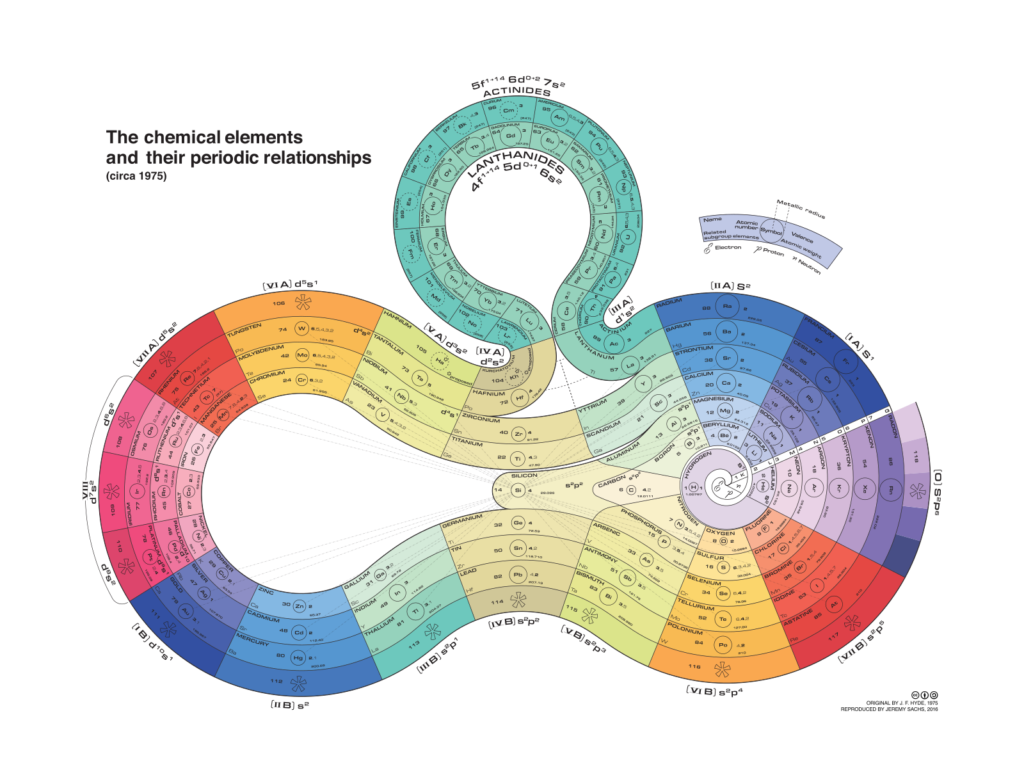French people are losing confidence in the Paris Olympics
March 28th, 2024
3 min
Datawrapper lets you show your data as beautiful charts, maps or tables with a few clicks. Find out more about all the available visualization types.
Our mission is to help everyone communicate with data - from newsrooms to global enterprises, non-profits or public service.
We want to enable everyone to create beautiful charts, maps, and tables. New to data visualization? Or do you have specific questions about us? You'll find all the answers here.
Data vis best practices, news, and examples
100+ articles that explain how to use Datawrapper
Answers to common questions
An exchange place for Datawrapper visualizations
Attend and watch how to use Datawrapper best
Learn about available positions on our team
Our latest small and big improvements
Build your integration with Datawrapper's API
Get in touch with us – we're happy to help
This article is brought to you by Datawrapper, a data visualization tool for creating charts, maps, and tables. Learn more.
150 years ago, a Russian called Dmitry Mendeleev created perhaps the most printed chart to date. Fifteen years ago, I looked at it in my older brother’s chemistry textbook, attracted by its curious shape. An hour ago, I built it in Datawrapper: The periodic table of chemical elements.
Even if you’ve read the Weekly Chart just a few times, you probably know that I’m a big, big fan of scatterplots. They’re just…shapes on a plane. Dots in a coordinate system. And so is the periodic table: Each element finds their place in a group (x-axis) and period (y-axis).
When creating the chart and gathering data, I was particularly fascinated to learn that only a few chemical elements make up more than 90% of the mass of the universe and the human body. So I placed this information in the scatterplot tooltips. It’s great to find out that e.g. Neon makes up 0.13% of the universe. But it doesn’t really bring the message across at a glance. A small multiple pie or donut chart is a far better choice to show the big picture (sadly, Neon does not make an appearence here):
Mendeleev’s periodic table is just one way to display the chemical elements. There have been many attempts to show them differently, as shown in this Wikipedia article about alternative periodic tables. Here are my two favorites: This black & white minimalist line drawing…

…and this organically shaped taste of futurism:

By the way, here’s a little Datawrapper trick: If you hover over “before Mendeleev” in the color key of the scatterplot above, you will see that they include the ones that appear when you hover over “BC”. To achieve this effect, I downloaded the “BC” elements twice and put the duplicates in the “before Mendeleev” category. To see what I mean, hover over the scatterplot and click on “Edit this chart” in the top right corner. I’ll see you next week!
Comments